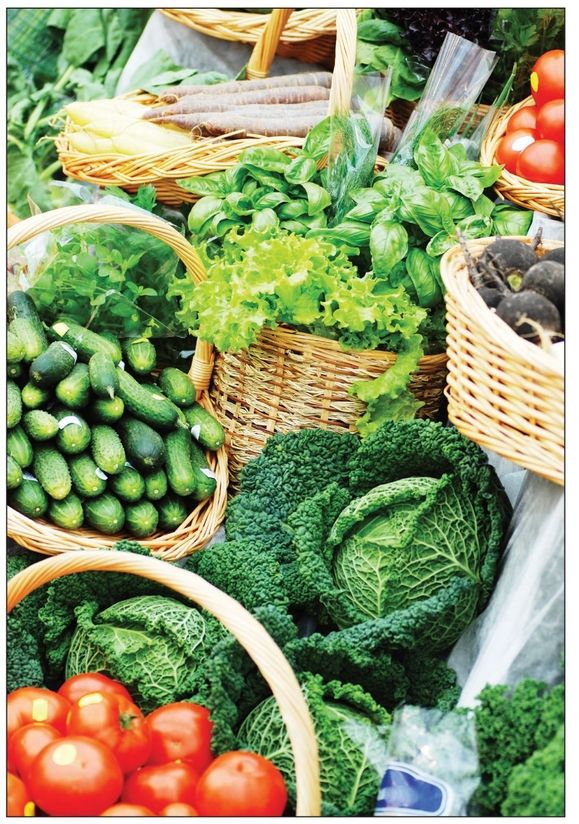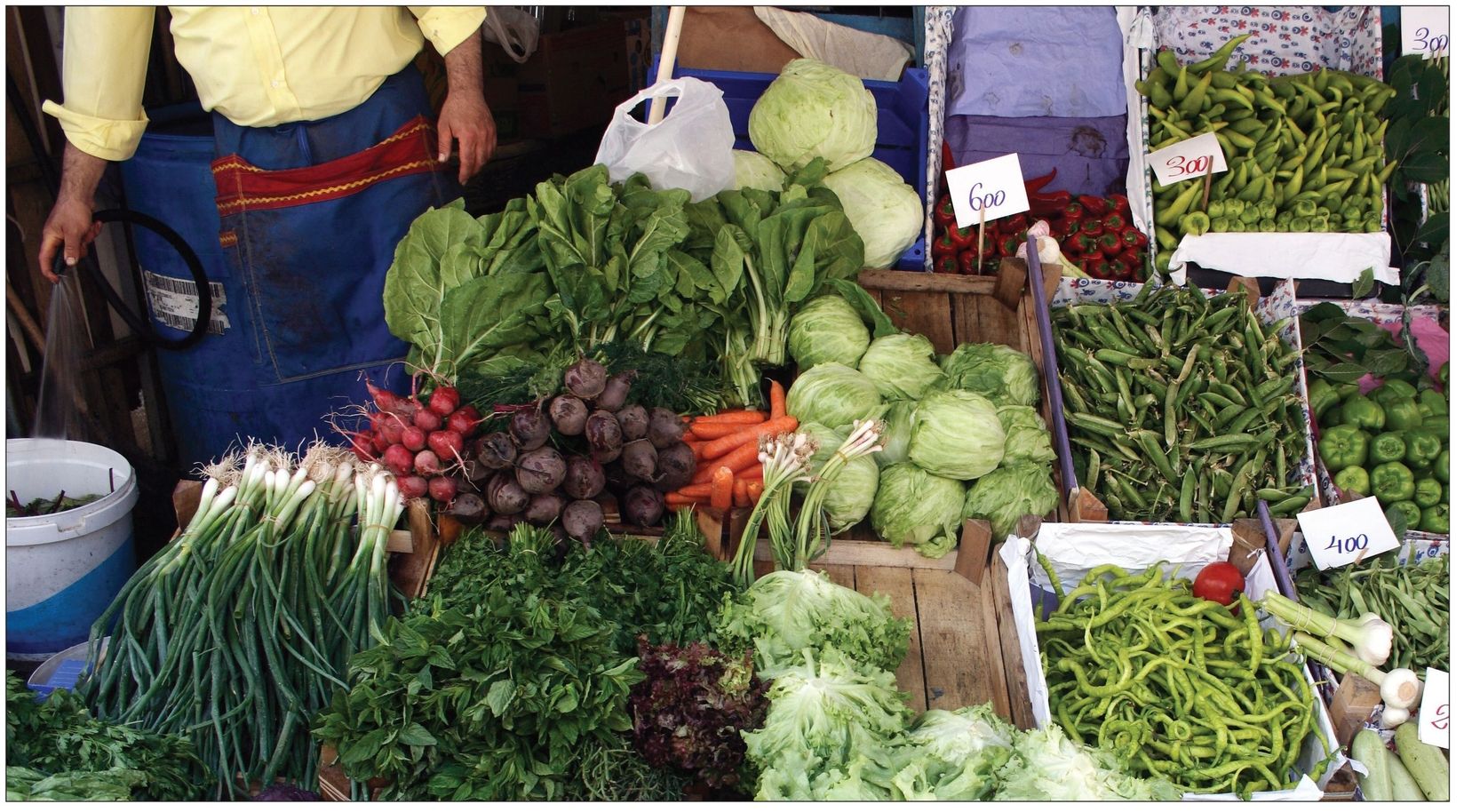Farmers’ Markets
Farmers’ markets are an integral part of the urban–farm linkage and have continued to rise in popularity, mostly due to growing consumer interest in obtaining fresh products directly from the farm. Farmers’ markets allow consumers to have access to locally grown, farm-fresh produce, enable farmers the opportunity to develop a personal relationship with their customers, and cultivate consumer loyalty with the farmers who grow the produce. Direct marketing of farm products through farmers’ markets continues to be an important sales outlet for agricultural producers nationwide. Today, there are more than 4,600 farmers’ markets operating throughout the nation.

Who Benefits from Farmers’ Markets?
- Small farm operators: Those with less than $250,000 in annual receipts who work and manage their own operations meet this definition (94 percent of all farms).
- Farmers and consumers: Farmers have direct access to markets to supplement farm income. Consumers have access to locally grown, farm-fresh produce and the opportunity to personally interact with the farmer who grows the produce.
- The community: Many urban communities—where fresh, nutritious foods are scarce—gain easy access to quality food. Farmers’ markets also help to promote nutrition education, wholesome eating habits, and better food preparation, as well as boosting the community’s economy.
Getting Involved in a Farmers’ Market
A farmers’ market is a great place for new gardeners to learn what sorts of produce customers want, and it also promotes wonderful community relationships between the growers and the buyers. If you have a well-established garden, and know a few other people who also have fruits, vegetables, and even garden flowers to spare, you may want to consider organizing and implementing your own local farmers’ market (if your town or city already has an established farmers’ market, you may want to go visit it one day and ask the farmers how you could join, or contact your local Cooperative Extension Service for more information). Joining existing farmers’ markets may require that you pay an annual fee, and your produce may also be subject to inspection and other rules established by the market’s organization or the local government.
Establishing a farmers’ market is not simply setting up a stand in front of your home and selling your vegetables—though you can certainly do this if you prefer. A farmers’ market must have a small group of people who are all looking to sell their produce and garden harvests. It is important, before planning even begins, to hold a meeting and discuss the feasibility of your venture. Is there other local competition that might impede on your market’s success? Are there enough people and enough produce to make a farmers’ market profitable and sustainable? What kind of monetary cost will be incurred by establishing a farmers’ market? It is also a good idea to think about how you can sponsor your market—such as though members, nonprofit organizations, or the chamber of commerce. If at all possible, it is best to try to get your entire neighborhood and local government involved and promote the idea of fresh, home-grown fruits and vegetables that will be available to the community through the establishment of a farmers’ market.

Once you’ve decided that you want to go ahead with your plan, you should establish rules for your market. Such rules and regulations should determine if there will be a board of directors, who will be responsible for the overall management of the market, who can become a member, where the market will be located (preferably in a place with ample parking, good visibility, and cover in case of bad weather), and when and for how long the market will be open to the public. It is also a good idea to discuss how the produce should be priced and make sure you are following all local and state regulations.
Ideally, it is beneficial for your market’s vendors and the community to gather support and involvement from local farmers in your area. That way, your garden vegetable and fruit stand will be supplemented with other locally grown produce and crops from farms, which will draw more people to your market.
Once your farmers’ market is up and running, it is important to maintain a good rapport with the community. Be friendly when customers come to your stand, and make sure that you are offering quality products for them to purchase. Price your vegetables and fruits fairly and make your displays pleasing to the eye, luring customers to your stall. Make sure your produce is clearly marked with the name and price, so your customers will have no doubt as to what they are buying. Make your stall as personal as possible, and always, always interact with the customer. In this way, you’ll begin to build relationships with your community members and hopefully continue to draw in business for yourself and the other vendors in the farmers’ market.
If you are looking to find a local farmers’ market near you (either to try to join or just to visit), here is a link to a Web site that offers extensive listings for farmers’ markets by state: http://apps.ams.usda.gov/farmersmarkets.

